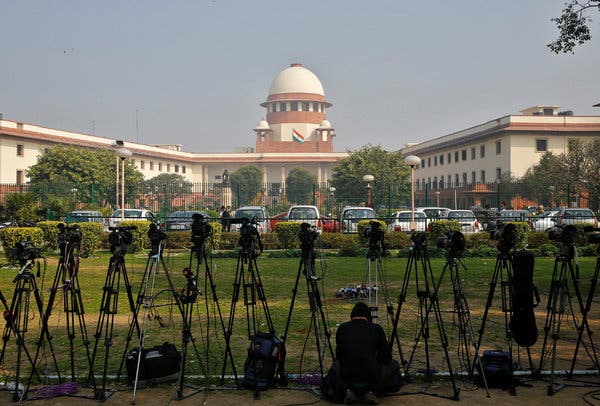Bad loans to rise in 2020, says RBI
Mumbai: Asset quality of commercial banks could worsen next year primarily due to the economic slowdown, increase in slippages and declining credit growth, warned the Reserve Bank of India (RBI) on Friday. The gross non-performing assets (GNPA) ratio may increase to 9.9 per cent by September 2020 from 9.3 per cent.
“The RBI’s macro-stress tests for credit risk show that under the baseline scenario, schedule commercial banks GNPA ratio may increase from 9.3 per cent in September 2019 to 9.9 per cent by September 2020 primarily due to change in macroeconomic scenario, marginal increase in slippages and the denominator effect of declining credit growth,” said the RBI in the 20th issue of the Financial Stabillity Report.
Among the bank groups, state-owned banks GNPA ratios may increase to 13.2 per cent by September 2020 from 12.7 per cent in September 2019 whereas for private banks it may increase to 4.2 per cent from 3.9 per cent; and for foreign banks, to 3.1 per cent from 2.9 per cent.
“Continuing the trend witnessed in the previous half-year, the banking sector has shown signs of stabilisation. That said, the performance of public sector banks (PSBs) needs to improve and they need efforts to build buffers against disproportionate operational risk losses. Private sector banking space also needs to focus on aspects of corporate governance,” wrote Shaktikanta Das, governor of RBI, in the foreword to the report.
Under the assumed baseline macro scenario, capital to risk (weighted) assets ratio (CRAR) for a system of 53 banks is projected to come down to 14.1 per cent by September 2020 from 14.9 per cent in September 2019. Further deterioration of CRAR is projected under the stress scenarios. Three commercial banks may have CRAR below the minimum regulatory level of 9 per cent by September 2020 without considering any further planned recapitalisation. However, if macroeconomic conditions deteriorate, five scheduled commercial banks (SCBs) may record CRAR below 9 per cent under a severe stress scenario, said the RBI report. On the same lines, the common equity tier-I (CET-I) capital ratio may decline from 11.9 per cent to 11.3 per cent in September 2020.
SCB’s credit growth remained subdued at 8.7 per cent year-on-year in September 2019, though private sector banks registered double-digit credit growth of 16.5 per cent.
The RBI, meanwhile, pointed that the health of urban cooperative banks worsened in the second quarter with a fall in capital adequacy and a rise in gross NPAs. As on September 2019, the capital adequacy ratio of schedule urban co-operative banks (SUCBs) fell 9.8 percent, down from 13.5 percent in the quarter that ended in March. Also, the gross NPA ratio rose to 10.5 percent, down from 6.4 percent in the same period.
Under different credit risk shocks, the RBI tests revealed that from 10 to 34 SUCBs will fail to maintain their minimum capital adequacy requirements, depending upon the severity of the shock.






